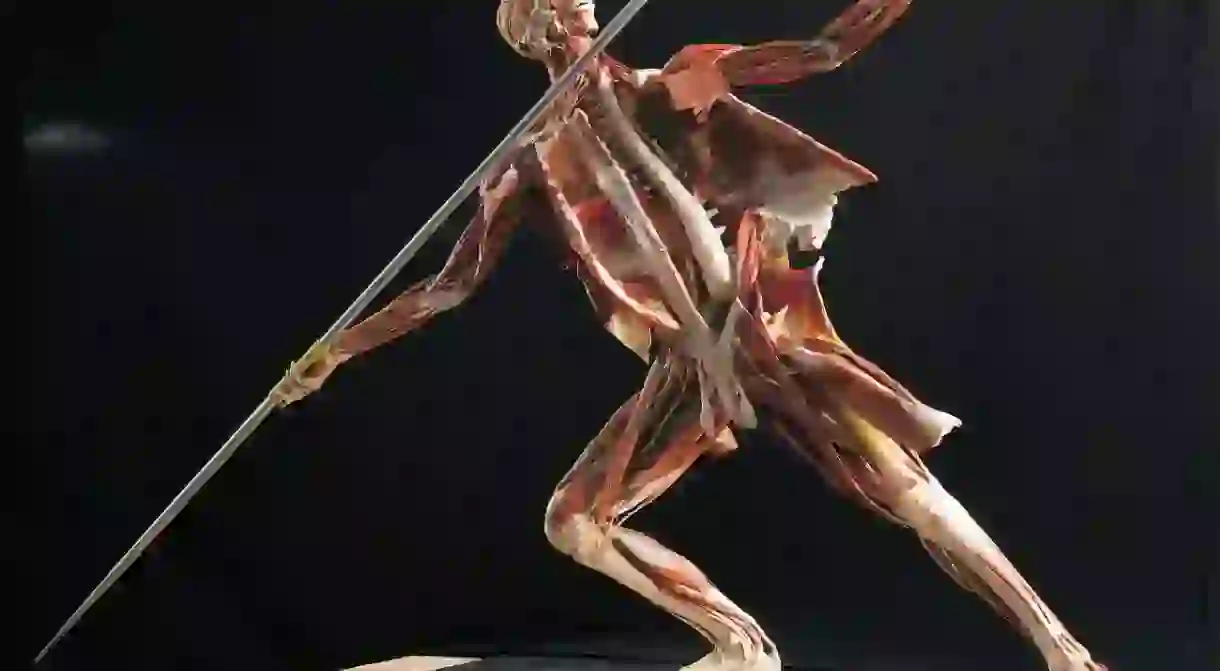An Exhibition of Human Corpses Just Opened in This Canadian Town

A fascinating new exhibit is drawing visitors in droves to Halifax’s Museum of Natural History. Body Worlds RX, which features real preserved bodies, is currently on display until April 22, 2018.
The exhibit isn’t just a celebration of our amazing biology and physiology—it’s also a powerful promoter of good health. A healthy liver contrasted with one affected by heavy alcohol intake and healthy lungs compared to the blackened lungs of a smoker are just two examples of displays aimed at shedding light on the effects of negative lifestyle choices.
Visitors will also see the effects of diseases and ailments like back pain, arthritis, cancer, diabetes, obesity, cardiovascular diseases such as arteriosclerosis and heart infarctions, dementia, and more.

The exhibit is made possible through a process called Plastination, which replaces all of the fluids in the human body with polymer. The polymer hardens, leaving the bodies completely odorless and immune to decay. This process may sound somewhat straightforward, but it takes about 1,500 hours to prepare just one body!

Plastination was invented by anatomist Gunther von Hagens in Germany in 1977. Von Hagens is also the developer of the Body Worlds RX exhibits, which have been running since 1995 and have been shown in more than 110 cities. Von Hagens wife, Dr. Angelina Whalley, oversaw the exhibition’s set up in Halifax.
The exhibits are a hit both locally and internationally; indeed, Body Worlds RX is considered the world’s most successful traveling exhibition. Over 43 million people have attended it worldwide, and in Halifax, more high schoolers will have visited the museum during this exhibit than in the past 10 years combined!

All of the bodies in the exhibit are from Germany and are treated at the Institute for Plastination, and there is no shortage of new material. At the moment, there are over 16,000 people who have volunteered their bodies to the exhibit.
In an effort to further educate the public on both our bodies’ internal functionings and the effects of disease, local medical students are often on hand at the exhibit to answer questions and provide additional information.
The museum is open every day from 9 am–5 pm, except for Wednesdays when it’s open 9 am–9 pm. While children often attend the exhibit, the organizers recommend checking out the website ahead of time to see if you think it’s right for you and your children. For more information, check out the exhibit’s FAQ page on the Museum of Natural History’s website.













